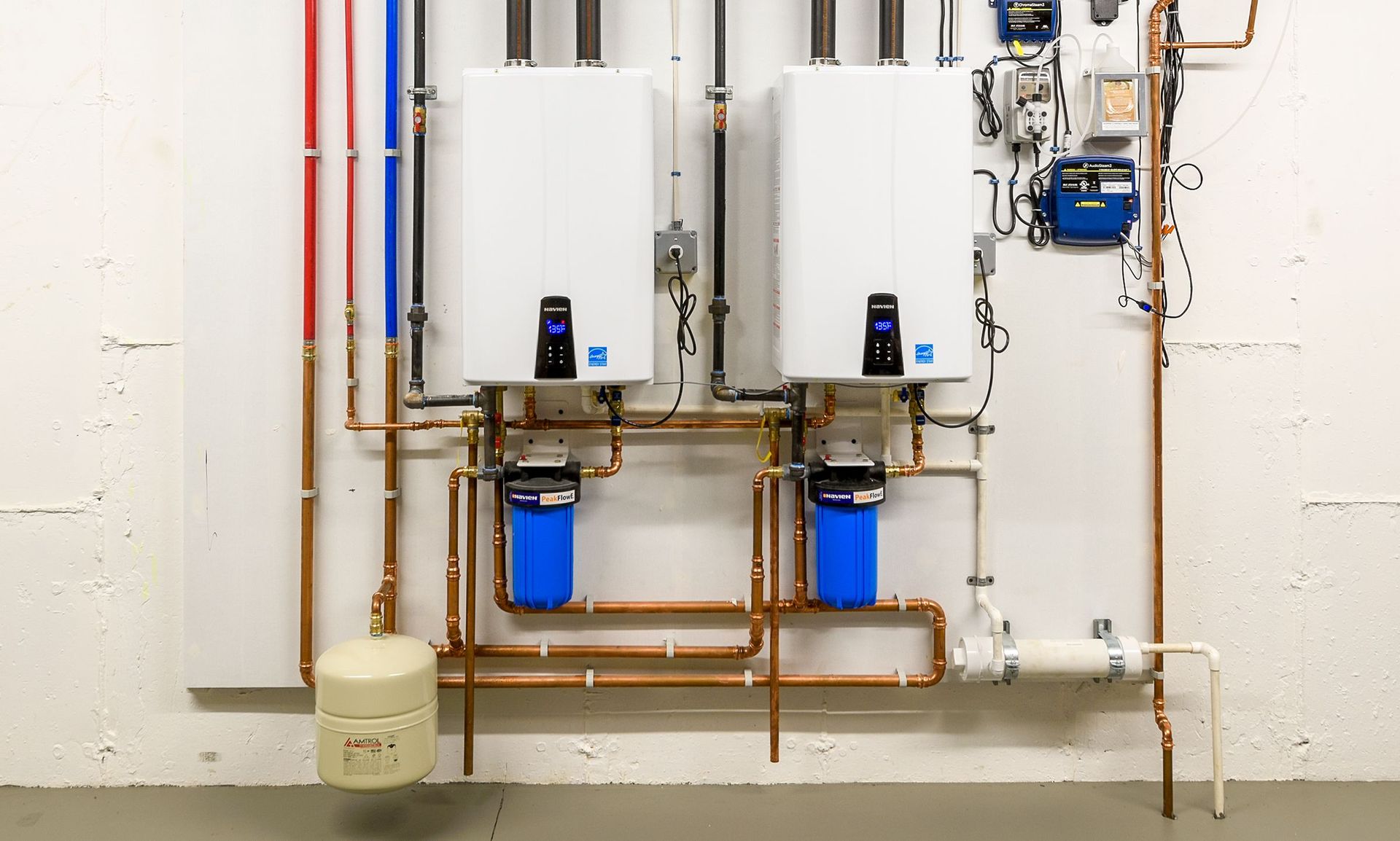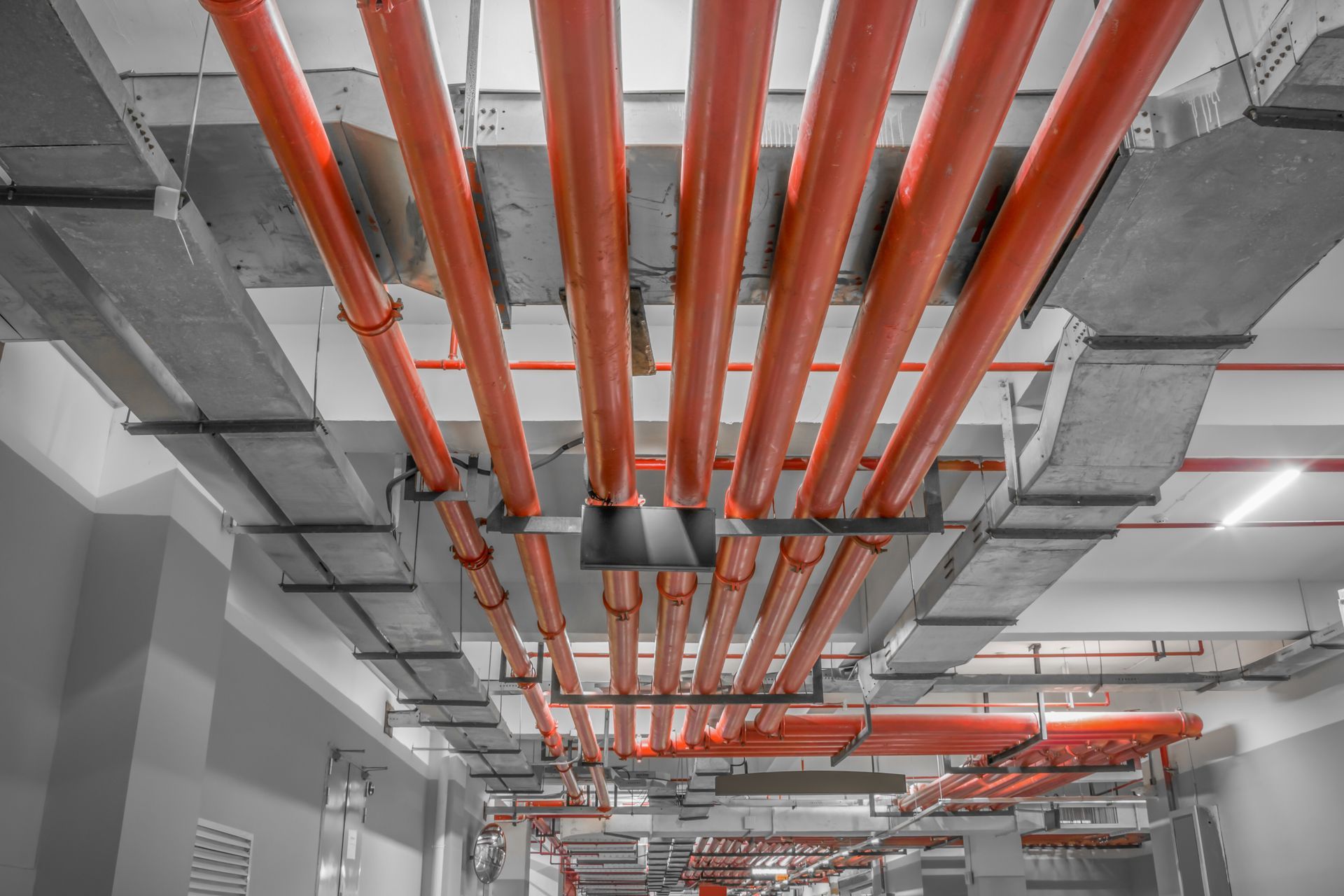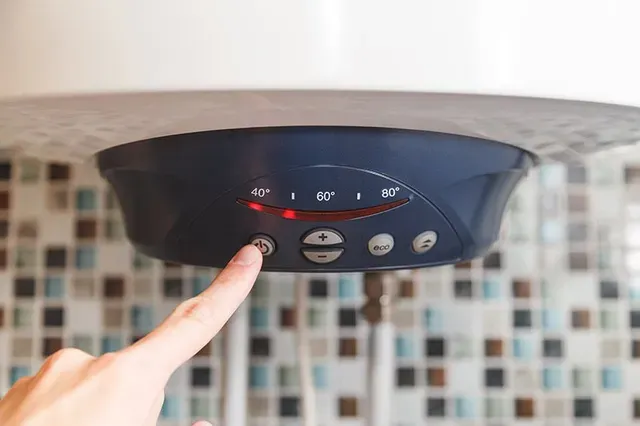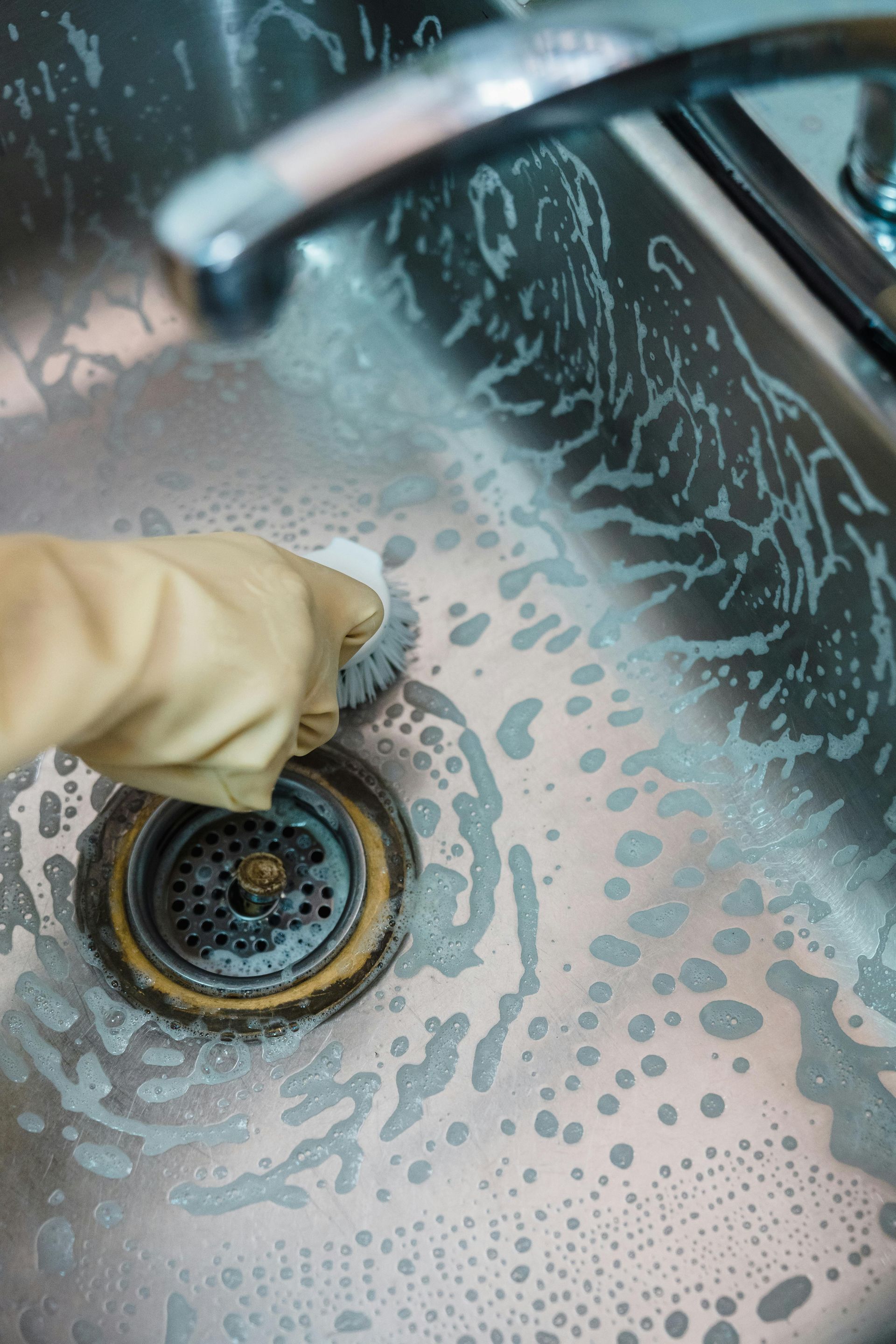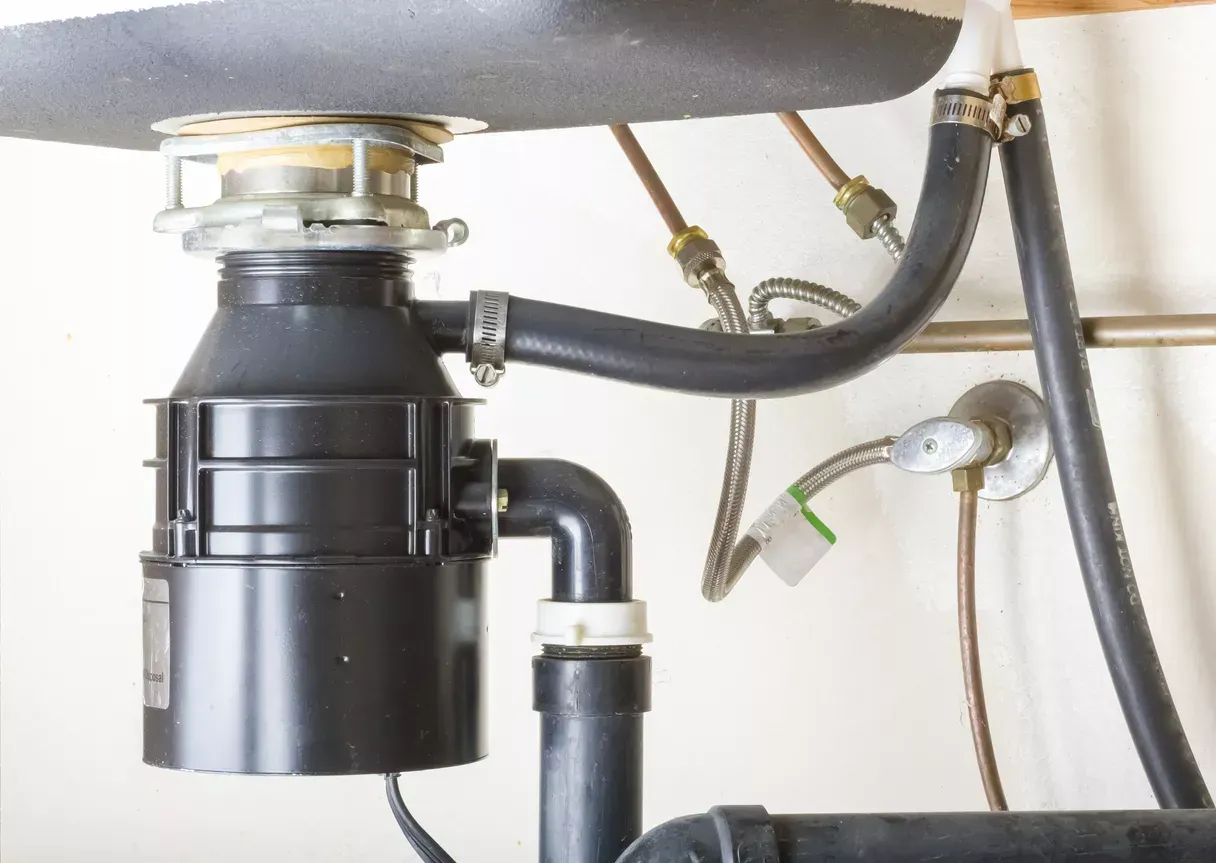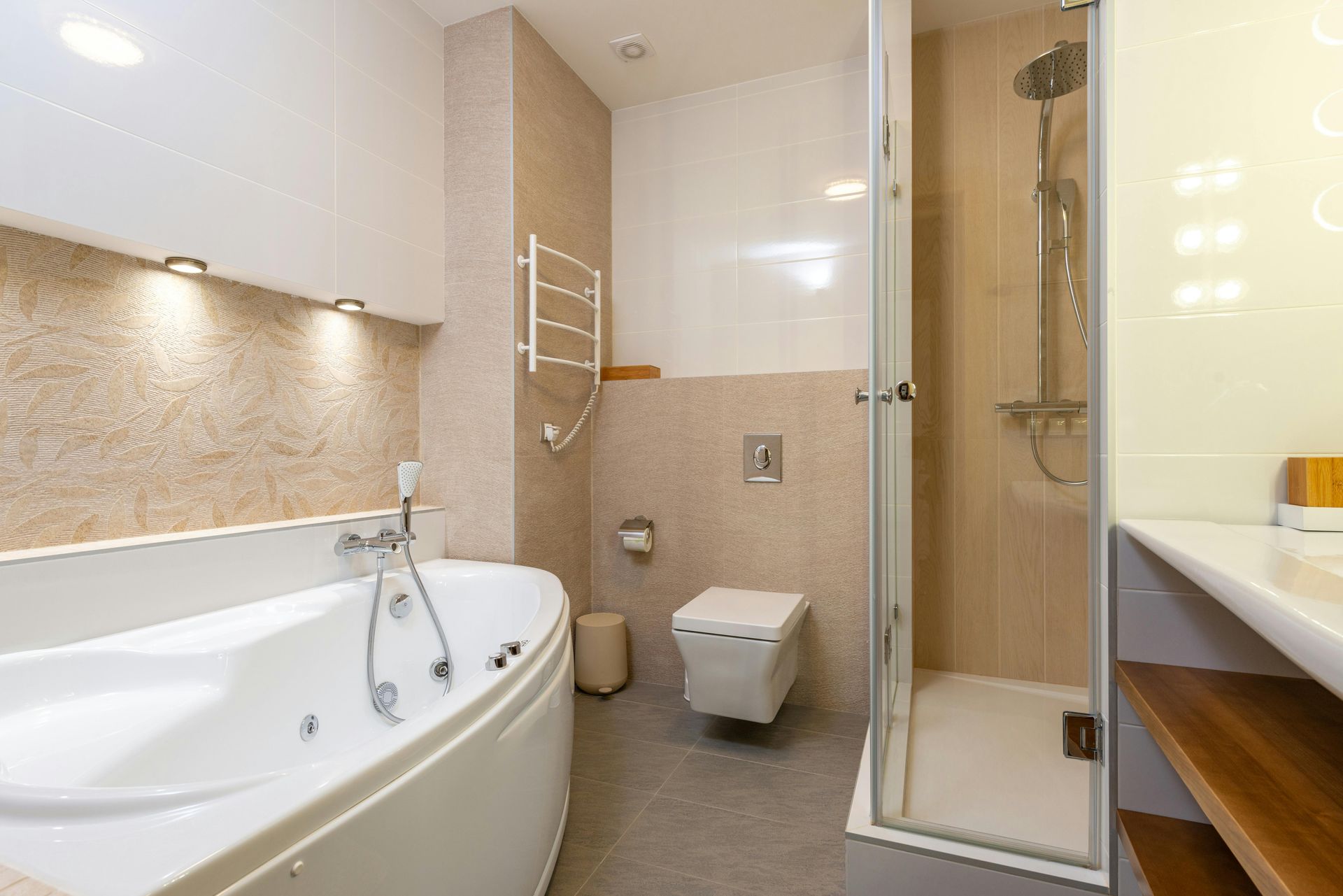How to Properly Maintain Your Sump Pump in the Winter
Winter can be brutal on your home’s systems, and your sump pump is no exception. While many people focus on prepping their furnace or insulating their pipes, the sump pump often gets overlooked. Yet, when freezing temperatures hit, neglecting this crucial device can lead to malfunctions, flooding, and expensive repairs. This guide will show you how to properly maintain your sump pump during winter, keeping it in top shape and your home safe from water damage.
"How to Prevent Sump Pump Failures During Heavy Rain"
Why Winter Maintenance for Your Sump Pump Matters
Sump pumps are designed to protect your home from water damage by pumping out excess water from the basement or crawl space. But in winter, freezing temperatures can cause several issues:
- Frozen Discharge Lines: Ice can block the water flow, forcing it back into the basement.
- Overworked Pumps: Snowmelt and winter rains can overburden a poorly maintained pump.
- Premature Wear and Tear: Lack of maintenance can shorten your pump’s lifespan, leaving you with costly replacements.
By taking preventive steps, you can avoid these common issues and ensure your sump pump runs smoothly all winter long.
Step 1: Inspect and Clean Your Sump Pump
Before winter fully sets in, give your sump pump a thorough inspection and cleaning.
- Remove Debris: Check the sump pit for any debris, dirt, or gravel that might clog the system. A clogged pump can overheat and fail.
- Clean the Impeller: This small but vital component can get jammed with debris. Remove the pump and carefully clean the impeller to ensure smooth operation.
- Test the Float Switch: Ensure the float moves freely and triggers the pump correctly. A stuck float can render your pump useless.
Pro Tip: Perform these checks at least twice a year, including before winter.
Step 2: Protect the Discharge Line
The discharge line is particularly vulnerable during winter. If it freezes, water has nowhere to go, leading to backups and potential flooding.
- Use a Freeze-Proof Hose: Replace your standard discharge line with a hose designed to withstand freezing temperatures.
- Bury the Line: Ensure the discharge line is buried below the frost line to prevent freezing.
- Add Insulation: Wrap the exposed parts of the line with foam insulation to keep the water flowing.
Pro Tip: Make sure the discharge point is clear of snow and ice to avoid blockages.
Step 3: Check for Proper Ventilation
Good ventilation is key to preventing ice buildup in and around your sump pump system.
- Inspect the Vent Pipe: Ensure it’s clear of debris and snow.
- Keep Airflow Open: Avoid covering the sump pit or vent with heavy materials.
- Maintain a Warm Environment: If your sump pump is located in a basement or crawl space, ensure the area is heated or well-insulated.
Step 4: Perform a Test Run
Before winter kicks into high gear, test your sump pump to ensure it’s functioning properly.
- Pour Water into the Pit: Slowly pour a bucket of water into the sump pit. The pump should activate, drain the water, and shut off automatically.
- Listen for Unusual Noises: Grinding, rattling, or gurgling noises may indicate a problem that needs addressing.
- Check the Discharge Flow: Ensure water flows freely out of the discharge line without leaks or backflow.
Pro Tip: If your sump pump doesn’t activate or you notice issues, consult a professional plumber immediately.
Step 5: Invest in a Battery Backup System
Winter storms often bring power outages, leaving your sump pump powerless when you need it most. A battery backup system ensures your pump keeps running even during blackouts.
- Choose the Right System: Look for battery backups compatible with your pump model.
- Test Regularly: Check the battery’s charge and functionality to avoid unpleasant surprises.
- Upgrade if Necessary: Consider advanced systems with longer runtimes for better protection.
Step 6: Install a Secondary Pump
For homes in areas prone to heavy snowfall or winter rains, a secondary sump pump adds an extra layer of protection.
- Redundancy: If your primary pump fails, the secondary pump takes over.
- Increased Capacity: Handles large volumes of water during extreme weather.
- Peace of Mind: Reduces the risk of basement flooding significantly.
Step 7: Regularly Monitor Your Sump Pump
Even after taking all the precautions, it’s essential to keep an eye on your sump pump throughout the winter.
- Weekly Checks: Look for signs of freezing, clogging, or unusual noises.
- Install a Water Alarm: These devices alert you to rising water levels in the sump pit, giving you time to act.
- Keep Records: Document maintenance and repairs for easy troubleshooting if issues arise.
Common Winter Problems and How to Fix Them
1. Frozen Discharge Line
Symptoms: Water pooling in the basement or backflow into the pit.
Solution: Thaw the line using a heat gun or replace it with a freeze-proof hose.
2. Pump Running Non-Stop
Symptoms: The pump won’t shut off even when the pit is empty.
Solution: Check the float switch for debris or damage and ensure the pump is appropriately sized for the pit.
3. Pump Not Activating
Symptoms: Water levels rise, but the pump doesn’t turn on.
Solution: Inspect the power source, test the float switch, and clear the impeller of debris.
Conclusion: Don’t Let Winter Freeze You Out
Your sump pump is your first line of defense against basement flooding, and winter can be its toughest test. With proper maintenance, you can prevent common issues like frozen discharge lines, overworked pumps, and costly repairs. Take the time to inspect, clean, and prepare your sump pump before the freezing temperatures set in. If you’re unsure about any step, don’t hesitate to call a professional plumber. Remember, a little effort now can save you a fortune—and a lot of stress—later.
